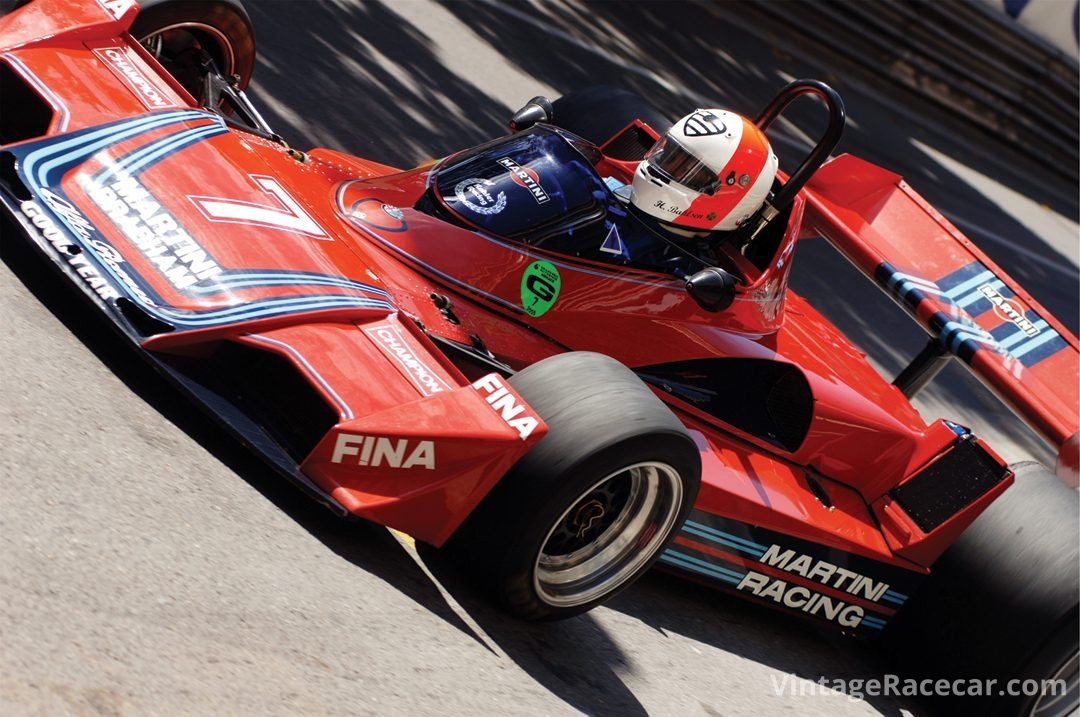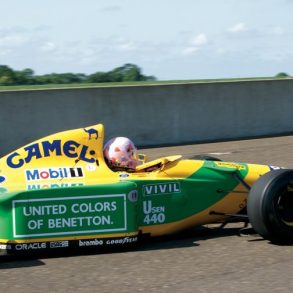The sun shone on the principality of Monaco for the Monaco Historic Grand Prix on May 10–11, but at times on Saturday morning the Mistral blew fiercely, sending sea spray breaking over the track at the tunnel entrance. Monaco has always been an enigma, and considering the virtual gridlock that closure of the circuit imposes on the rest of the place, you wonder just how much inconvenience the Monegasques will endure for their 15 minutes of fame and fortune.
It’s not just motor racing either. The historic and contemporary race events are but a springboard for a motoring jamboree including new car launches and classic car auctions. A big attraction of Monaco, whether you’re working or simply watching, is how close you can be to the cars. It’s not quite as intimate as it once was, but when binoculars are needed to work out the numbers of the cars at Magny Cours or Silverstone, Monte Carlo takes some beating.
After this year’s practice, it seemed that just getting to the race grid would be a struggle. Oil sprinkled onto a track that has little or no room for error will always be a recipe for disaster and, as the circuit is an everyday road travelled by countless diesel-powered Monegasques and Cote d’Azurians, the surface will always be “different” to all other circuits. As one observer noted after qualifying, the quay, stretching out behind the paddock, was “beginning to resemble a mortuary.”
Despite the proximity of disaster, most got stuck in quickly. The notice taped to the steering wheel of Michael Lyons’ Hesketh that said, “Think space” should have been a sign hung over the paddock exit. As Henry Manney once said, “A quick peer in the driving mirrors seems largely unnecessary, as the nose of the car following is only three inches behind.”

Photo: Peter Collins
That close racing was the norm this year, too. Matt Grist probably didn’t use his mirrors much while wrestling his booming Alfa P3 around behind only Julian Bronson’s well-developed ERA. Matt was inch-perfect, lap after lap, over the crest of the climb from Saint Devote and through the daunting Virage Massenet into Casino Square.
The Formula Juniors were heaven for Italophiles, with two-thirds of the field being early cars as envisaged by the formula’s instigator “Johnny” Lurani. So, we had a Lancia Dagrada, an optimistic, 1959, front-engined concoction of Lancia Appia V-4 and early Italian-school chassis, driven hard by James Steerman. The grid was as good a roll call of early Juniors as anyone could wish.
The weekend’s program gradually built up to the crescendo of 1975–’78 Formula 1 cars, with a pre-1953 sports car race afterward to remind everyone that racing in Monaco has not always been for F1 cars. The pre-1975 F1 race attracted several cars not normally seen, like Giuseppe Bianchini’s Goral Tecno flat-12 and Pietro Ratti’s rare Iso Marlboro FX 3B.
The icing on the cake, though, was the sight and sound of a Brabham BT45B-Alfa Romeo flat-12 in the hands of Hubertus Bahlsen, whose attacks down the inside into Mirabeau made it obvious he wasn’t taking it easy. Never having raced in period, the Ferrari 312B3S “Spazzaneve” is always worth seeing, and arch-enthusiast Lorenzo Prandina handled his experimental F1 car well during the Ferrari Clienti demonstration runs.
Sadly, this must-see event is biennial, so we must wait two years for the next one.
By Peter Collins










